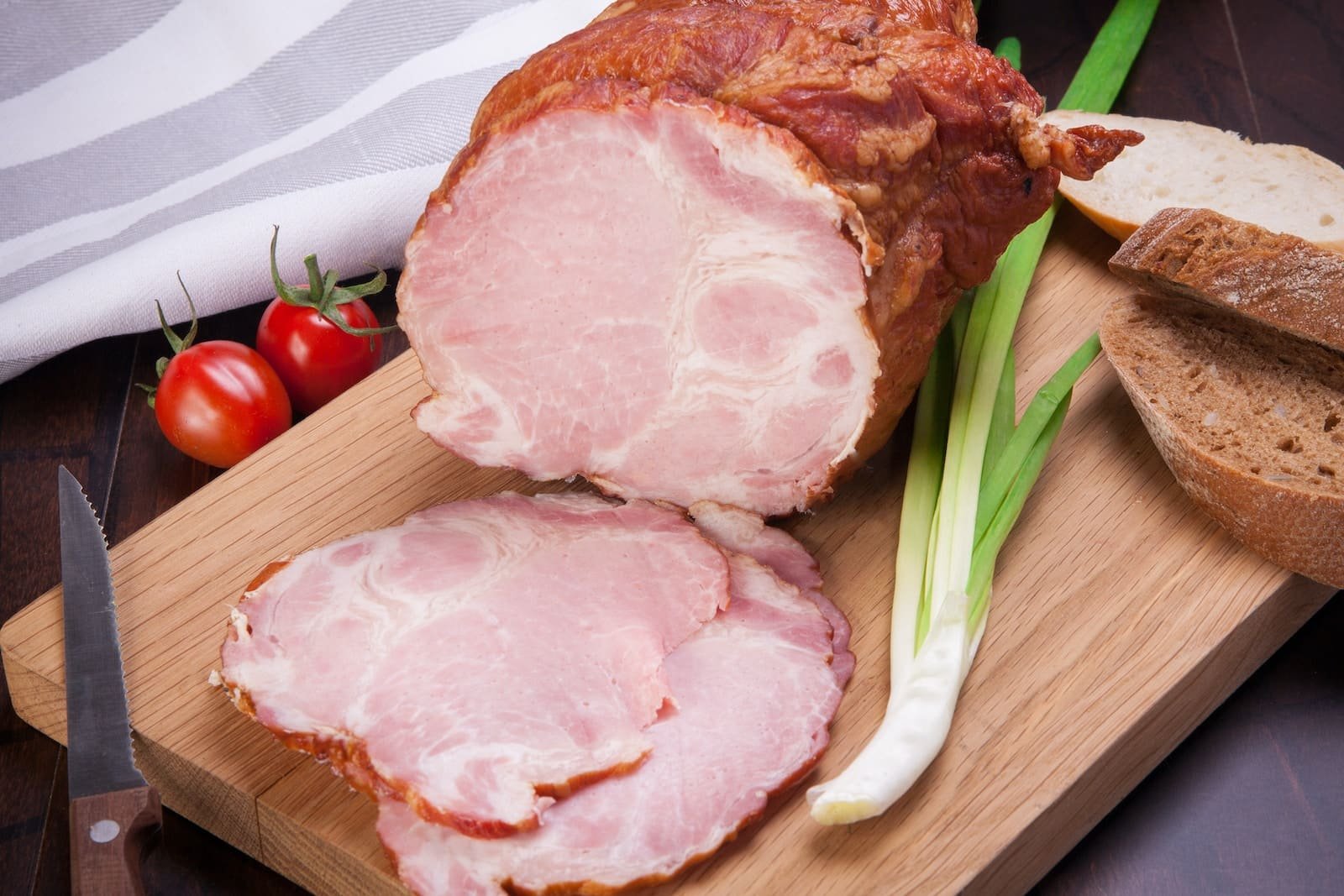With the holiday season in full swing, many of us are starting to prep our menus for those big family dinners.
So, today, let’s chat about a step in the holiday meal prep that often gets overlooked: defrosting ham. It’s not the most glamorous topic, but it’s crucial for food safety and can impact the quality of your dish. I know that dealing with a big chunk of frozen meat can be intimidating, but don’t worry; I’m here to guide you through the process!
Understanding the Importance of Safe Defrosting
First things first: why is it so important to defrost your ham safely? According to the Centers for Disease Control and Prevention (CDC), improper thawing can lead to the growth of harmful bacteria like Salmonella and Listeria. These baddies love to multiply at room temperature, and they can make your festive feast memorable for all the wrong reasons.

Safe Methods to Thaw Your Ham
1. Refrigerator Thawing: The Slow and Steady Winner
The best and safest way to defrost your ham is in the refrigerator. This method is slow, but it keeps the ham at a safe, constant temperature, ensuring that it thaws without entering the “danger zone” – the temperature range between 40°F and 140°F where bacteria can start to party.
Here’s how to do it:
- Plan Ahead: Give it time. A large ham can take up to 4-5 days to thaw in the fridge. The rule of thumb is approximately 24 hours for every 4 to 5 pounds of ham.
- Keep It Cold: Place the ham on a tray or in a pan to catch any juices that may leak out as it thaws.
- Stay Patient: Don’t rush the process. Let it thaw gently in the refrigerator until it’s completely defrosted.
2. Cold Water Thawing: The Quicker Option
If you’re pressed for time, the cold water method is a quicker alternative. The USDA states that this method is safe if you follow these steps:
- Keep It Sealed: Make sure the ham is in a leak-proof package or plastic bag.
- Submerge and Change: Submerge the bagged ham in cold tap water, changing the water every 30 minutes.
- Calculate Time: It typically takes about 30 minutes per pound to thaw a ham using this method.
Remember, once you’ve thawed your ham using cold water, you should cook it immediately.
3. Microwave Thawing: The Last-Minute Saver
As a last resort, if you’ve forgotten to take the ham out ahead of time, you can use the microwave. This is my least favorite method because it can start to cook some parts of the ham while other parts are still thawing.
- Follow Your Microwave’s Instructions: Use the ‘defrost’ setting and refer to your microwave’s manual for specific times and power levels.
- Rotate and Flip: Be sure to rotate and flip the ham halfway through defrosting to thaw it more evenly.
- Ready to Cook: Once it’s thawed, get cooking immediately, as some areas of the ham might have started to cook during microwaving.
After Thawing: Preparing Your Ham
Once your ham is thawed, it’s time to prep it for the oven. Remember, if you’ve thawed the ham in the refrigerator, you can keep it there for an additional day or two before cooking.
Tips for Cooking Your Thawed Ham
- Preheat your oven according to the recipe or package directions.
- Place the ham on a rack in a roasting pan. Adding a little bit of water to the pan can help keep the ham moist.
- Cover the ham with foil to prevent the outside from drying out until it’s time to glaze.
- Cook to the right temperature. The USDA recommends cooking all raw hams to an internal temperature of 145°F as measured with a food thermometer, followed by a 3-minute rest time before carving.
Key Takeaways
- Plan Ahead: The refrigerator method is safest but requires planning (24 hours for every 4 to 5 pounds).
- Keep It Cold: Always thaw ham at a safe temperature to prevent bacteria growth.
- Never Room Temperature: Thawing a ham on the counter invites bacteria and is not recommended.
- Follow Up Immediately: After thawing your ham by the cold water or microwave method, cook it immediately.
- Cook Safely: Always cook your ham to the proper internal temperature for safety and quality.


